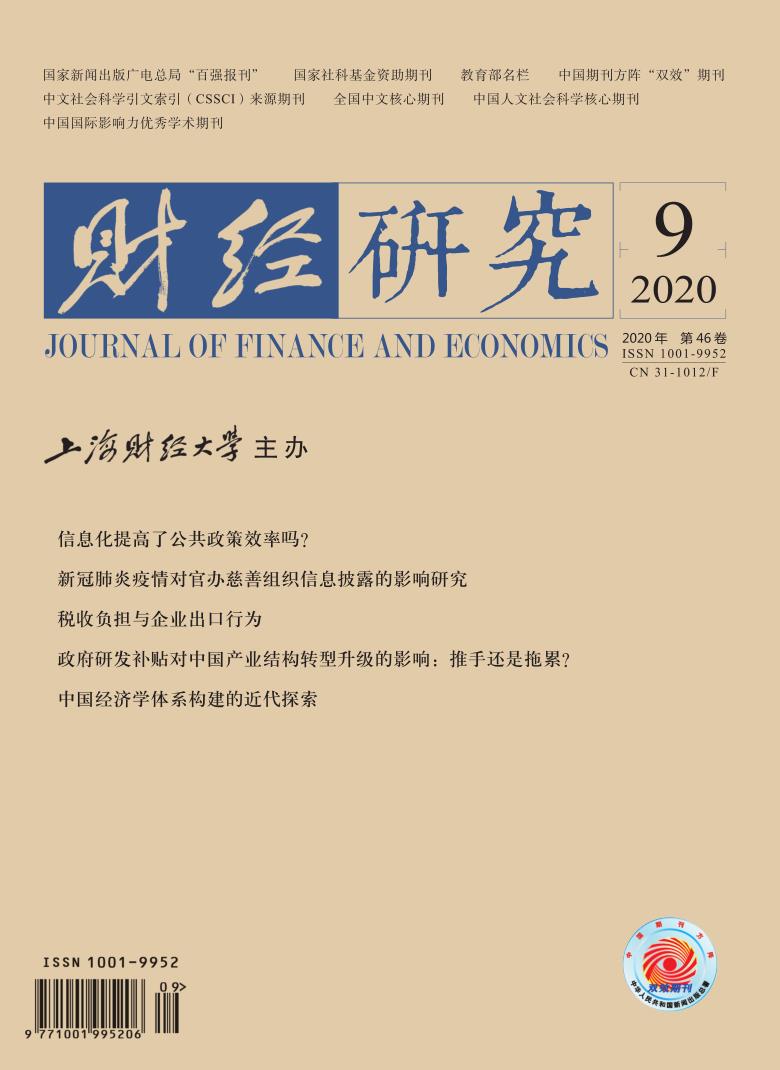Since the opening of Beijing-Tianjin inter-city railway in 2008, China’s high-speed railway has developed rapidly. By the end of 2018, the total mileage of high-speed railway in operation had reached 30,000 kilometers, ranking first in the world. The speed of high-speed railway is 2-3 times that of ordinary train. Its construction and operation will greatly reduce the time cost of traveling, promote the flow of population, capital, resources and other factors. It also provides convenience for people to seek high-quality medical treatment in a larger space and for cross-regional medical cooperation. So, is the opening of high-speed railway conducive to improving residents’ health?
Based on the data of China Health and Retirement Longitudinal Study, this research constructs a comprehensive index of residents’ health from three dimensions: disease, physical function and mental health. Then, this research studies the impact of high-speed railway on residents’ health based on the DID model and the social network analysis, meanwhile, the mediation model is employed to analyze its influence mechanism. The results show that the opening of high-speed railway can significantly improve residents’ health. With the improvement of network centrality, the effect of high-speed railway network on residents’ health will be enhanced. The mechanism study shows that high-speed railway has the out-of-town medical treatment effect, health input effect, resource allocation effect and health protection effect. It promotes residents’ health along the line by reducing the access time between cities, improving the availability of medical resources, promoting the flow and agglomeration of medical resources, and promoting the economic development. Further study finds that the impact of the opening of high-speed railway on residents’ health is different in different populations and regions.
The main contributions of this paper are as follows: Firstly, it tries to study the impact of high-speed railway on residents’ health, and the research perspective is relatively new. Secondly, it combines social network analysis and the DID model for empirical research, which makes up for the defect that the traditional DID model cannot identify the relative size of the treatment effect. Thirdly, based on the mediation model, it analyzes the impact path of high-speed railway on residents’ health, which is helpful to reveal the mechanism of transport infrastructure on residents’ behavior choice and regional development. Fourthly, it seeks for the important macro-factors affecting public health, which is significant to further improve the medical security system and strengthen the construction of medical and health services.






 5238
5238  5018
5018

